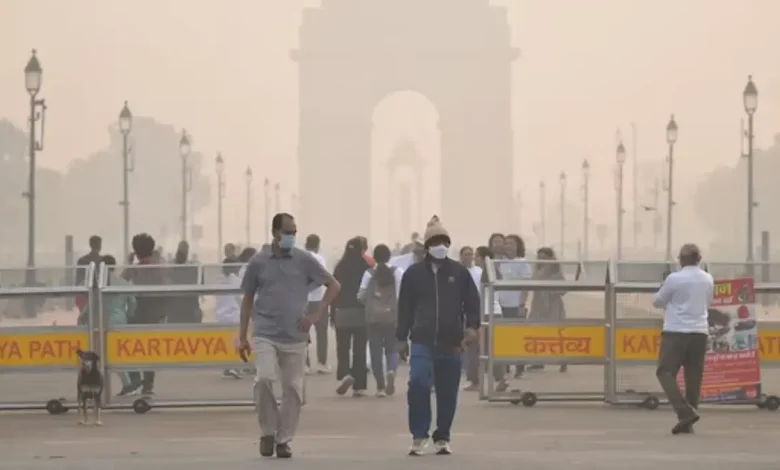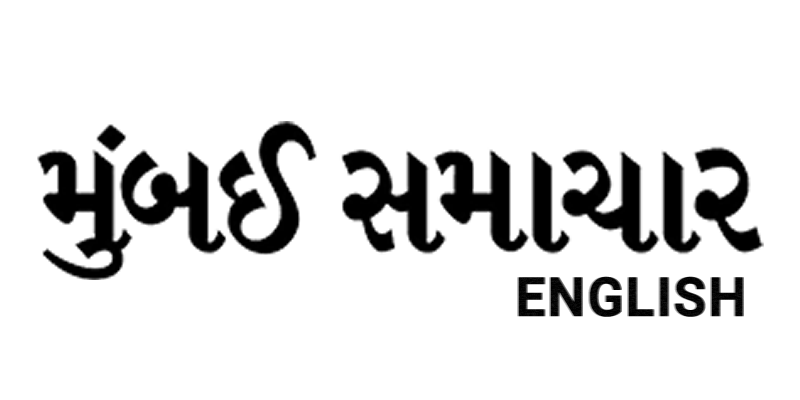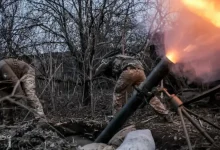
The Commission for Air Quality Management (CAQM) has enforced Stage I measures of the Graded Response Action Plan (GRAP) across Delhi-NCR after the region’s Air Quality Index (AQI) hit 211 on October 14, placing it in the “Poor” category.
The decision came after a review by the GRAP Sub-Committee, which examined current pollution levels and meteorological forecasts from the India Meteorological Department (IMD) and the Indian Institute of Tropical Meteorology (IITM). Both agencies predicted that the air quality is likely to stay in the “Poor” range over the next few days. The Sub-Committee directed all concerned NCR authorities to strictly implement and monitor Stage I measures to prevent further deterioration.
What Is GRAP-I?
The Graded Response Action Plan (GRAP) outlines a phased set of actions designed to control pollution based on the AQI level in Delhi-NCR.
- Good: 0–50
- Satisfactory: 51–100
- Moderate: 101–200
- Poor: 201–300
- Very Poor: 301–400
Measures Under Stage I
With GRAP-I now active, several restrictions and pollution-control measures have been initiated:
- Strict dust-control protocols at all construction and demolition sites, including the use of anti-smog guns.
- Mandatory dust-management plans for projects over 500 sq. metres.
- Complete ban on open burning of waste such as garbage and dry leaves.
- Suspension of coal and wood use in roadside eateries and commercial kitchens — only clean fuels like electricity or LPG allowed.
- Diesel generator use restricted to emergencies or essential services.
- Fines and impounding for vehicles emitting excessive pollution.
- Enhanced traffic management and awareness — drivers urged to switch off engines at signals.
- Ban on old vehicles — diesel vehicles older than 10 years and petrol vehicles older than 15 years remain prohibited in Delhi-NCR.
Coordinated Response Across States
The CAQM directive has been shared with the governments of Uttar Pradesh, Haryana, and Rajasthan, whose districts fall within the NCR boundary. These states have been instructed to maintain vigilance and intensify field implementation of GRAP norms.
The GRAP Sub-Committee will continue monitoring air quality trends and take further action if pollution levels worsen. Experts attribute the spike to vehicular emissions, industrial activity, crop stubble burning in neighbouring states, and stagnant weather conditions restricting air flow.




